
REBHAN’s Green line
We set the course for sustainability very early on:
All of REBHAN’s business processes place environmental awareness at the forefront, a focus that we maintain when developing new sustainable packaging solutions. We are also continuously researching environmentally friendly alternatives for packaging without reducing the exclusivity of the end product.
At REBHAN we are well equipped for future challenges:
A high degree of flexibility and creativity combined with innovation through research and development is rounded off by our dedicated, highly motivated team. We look forward to the challenges that the future holds!

REBHAN’s Green line concept: No matter which packaging you choose – we will find a sustainable way to produce it!
REFILL
Luxurious on the outside & refillable on the inside
![]()
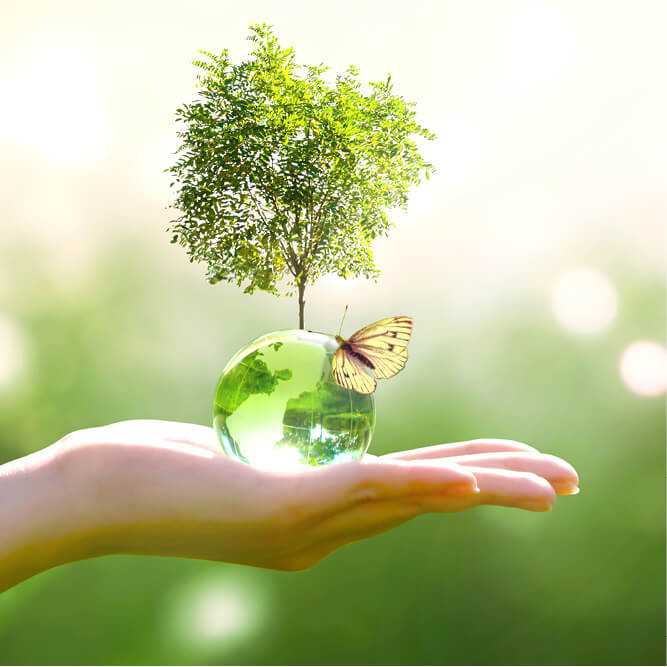
REFILL
COLONNA REFILL [30 ml / 50 ml]
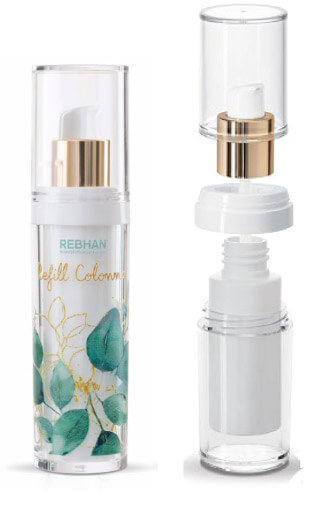
Plug cap
Heavy-wall PET
Pump
threaded 20/410
Circlip
PP, coloured or metallised
Inner bottle
HDPE or PP, 30 ml or 50 ml
threaded 20/410
Outer shell
heavy-wall PET
We can all do our bit for the environment and save plastic – every single step counts. Our COLONNA REFILL solution gives you the option to provide a high-quality and also sustainable refill option for your products. The inner bottle contains the corresponding material for filling and can be sold separately. After use, the empty inner bottle is simply replaced for a full one. All the other components are reusable.
All components are recyclable. PET components can of course also be manufactured from rPET (10-100%).

PCR / rPET
Recycled PET is the
packaging material of the future
![]()
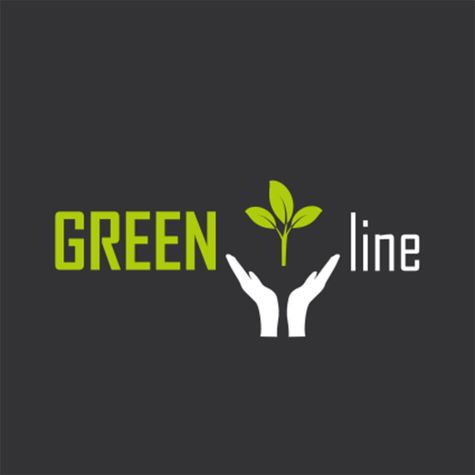
PCR / rPET
Recycled PET is the packaging material of the future
Less new plastic
Using rPET can significantly reduce the new production of plastics and sustainably decrease the corresponding CO2 emissions.
Lower energy consumption
When producing rPET, there is no need for diverse, energy-intense steps in the production process as significantly less oil needs to be processed into polymers. The production of a bottle made from rPET uses up to 75% less energy compared with a bottle made from new plastic.
Lower CO2 emissions
rPET can be continually recycled without losing raw materials and causes fewer emissions in the recycling process than virgin material.
Less waste
Fewer plastic bottles end up in landfill or being incinerated. They are collected, fed back into the cycle and recycled.
* In the image on the right you can see sample bottles that have been made from different rPET materials and rPET fractions. For comparison, the bottle made from virgin PET material is behind in each case.
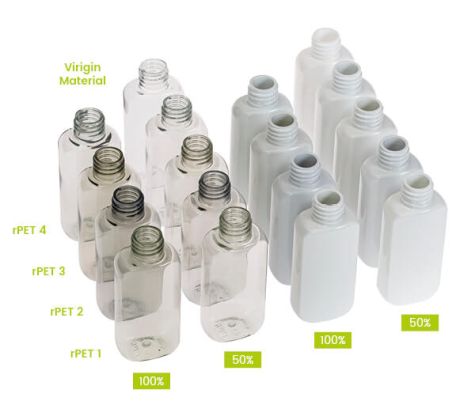
rPET is more sustainable and resource-friendly than virgin PET material which means:
The higher the proportion of rPET, the greater the benefit for the environment.

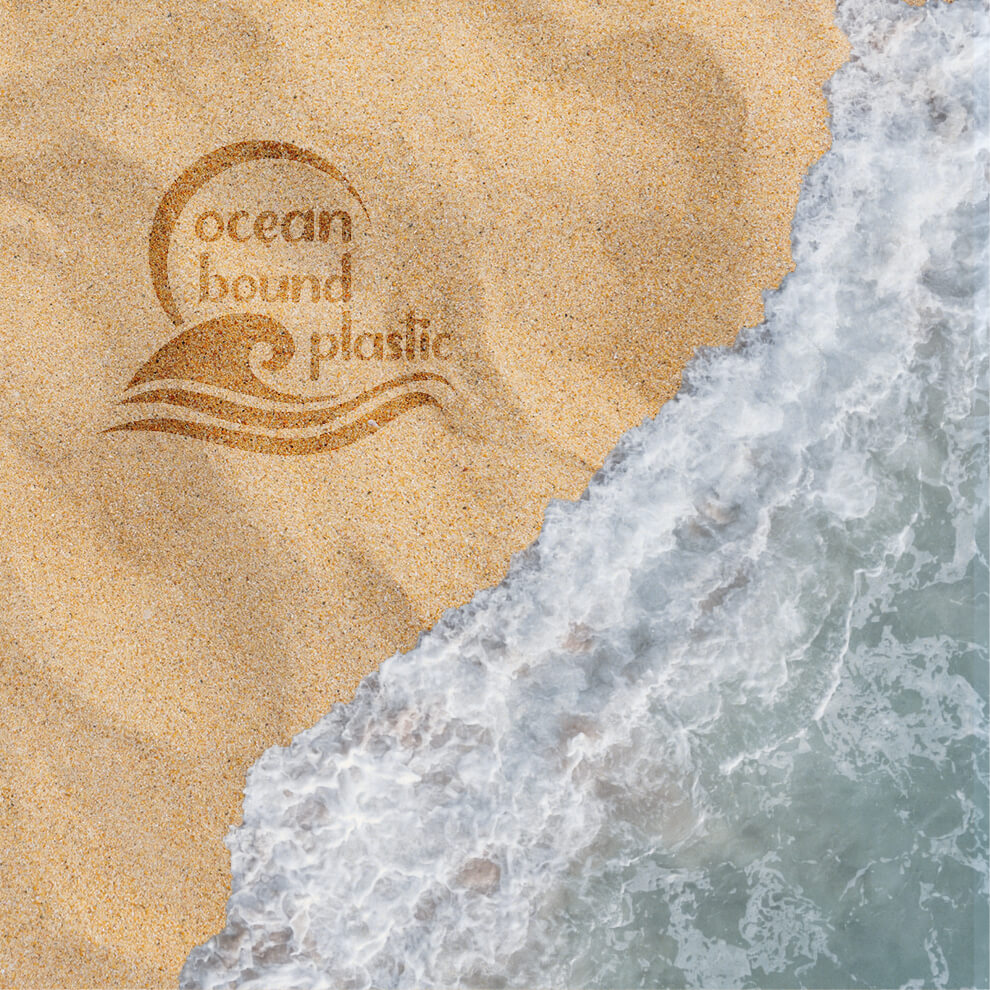
OCEAN-BOUND
MATERIAL
Save fossil resources
& protect the oceans
![]()
OCEAN-BOUND MATERIAL
Recycled raw material made from 100 % ocean-bound plastic
Ocean-bound material is made entirely from plastic waste in coastal areas that would soon reach the sea. This plastic waste is collected and transformed into a safe raw material using mechanical recycling so that it can then be used to manufacture high-quality, long-lasting products. This applies to all types of polymers (rPET, rPP, rHDPE, rLDPE). We focus on recycled HDPE. This process does not diminish the exceptional qualities of plastic (e.g. density, malleability, durability, low weight, elasticity).
The desired finished product is developed following in-depth analysis and consultation with REBHAN’s in-house specialists.
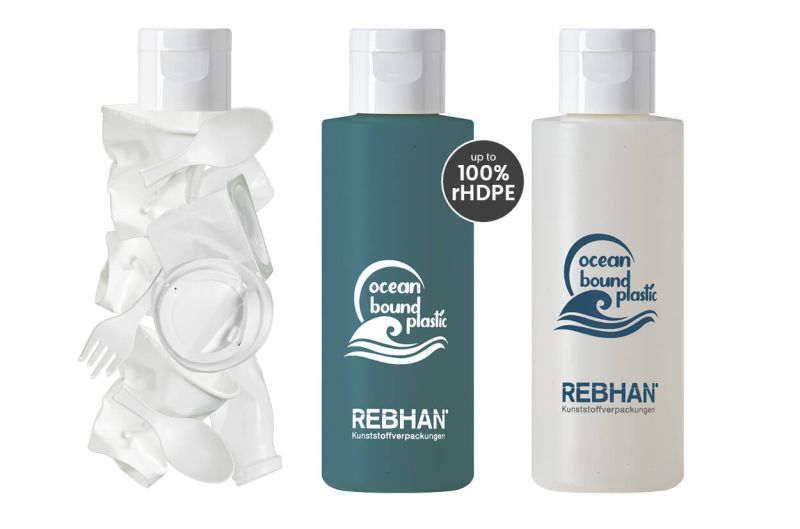
Be part of the eco-friendly circular economy Protect the oceans Save fossil resources Reduce carbon footprint by 80 % (compared to virgin material)

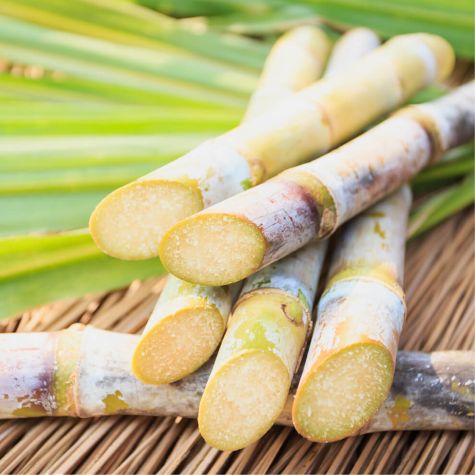
BIO-BASED
POLYMERS
Adressing the finite nature
of fossil resources
![]()
BIO-BASED POLYMERS
Addressing the effects of climate change and the finite nature of fossil resources
Bioplastics are predominantly made from agro-based raw materials at present, in other words from plants that are rich in carbohydrates such as maize or sugar cane. At the same time, the bio-based plastics industry is investing heavily in research and development to diversify the range of biogenic raw materials available to produce bio-based plastics. The sector is also looking at e.g. forestry waste products (tall oil).
Bio-based and semi-bio-based, resistant polymers have identical properties to polymers produced conventionally. Bio-based polymers are technically equivalent to their fossil-fuel counterparts, however, contribute to reducing the carbon footprint. In comparison with conventional plastics, they offer the unique benefits of reducing the dependency on non-renewable raw materials such as crude oil and minimising greenhouse gas emissions. What’s more, they can also be mechanically recycled within existing recycling streams.
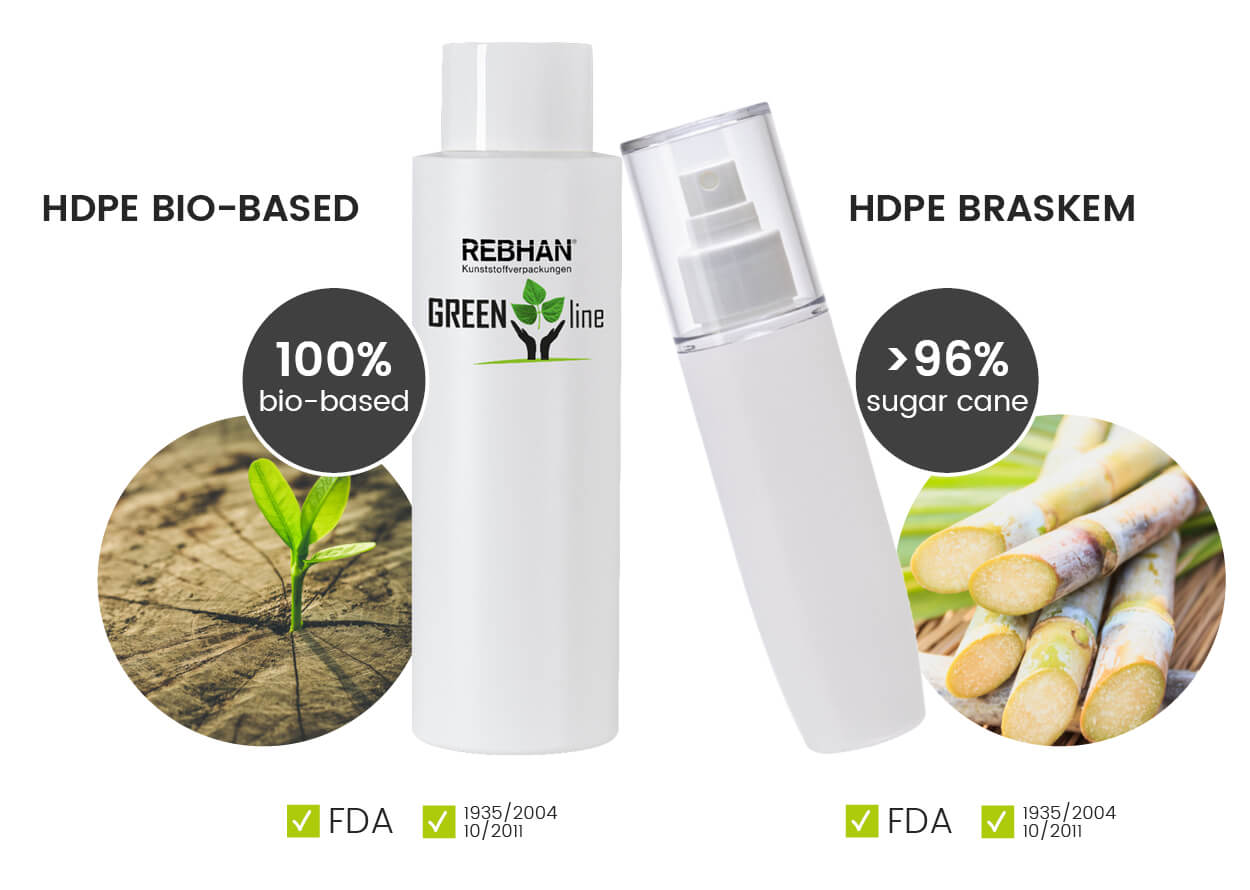

CHEMICAL RECYCLING
Environmentally friendly without restrictions
of functionality & aesthetics
![]()
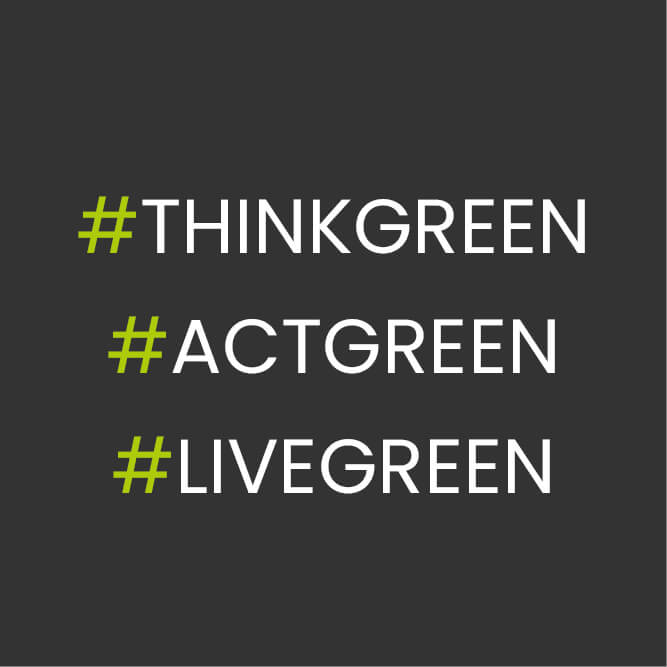
CHEMICAL RECYCLING
A distinction is made between chemical and mechanical recycling. In mechanical recycling, plastic waste is sorted according to type of plastic, washed, melted down and processed into recylates. These are then used as the starting material for new products, replacing virgin material. The chemical structure of the plastic is retained in mechanical recycling.
Chemical recycling enables plastic waste to be reprocessed that is otherwise not mechanically recyclable for technical, ecological or economical reasons. Sorted, single-variety plastic waste can easily be recycled mechanically, however it is often inefficient or technically impossible to sort mixed plastics. The mechanical recycling of pods or cups, for example, is almost infeasible because of the different layers that have different melting points. In this case, chemical recycling is used in order to feed these materials back for recycling.
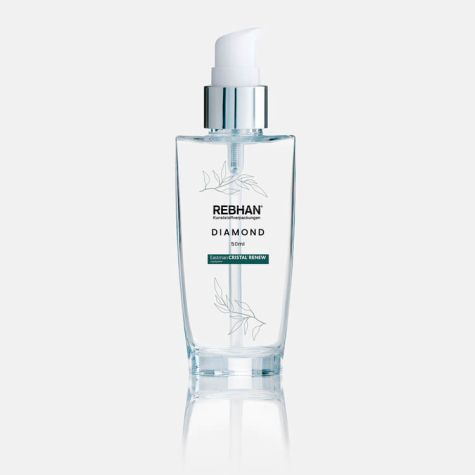
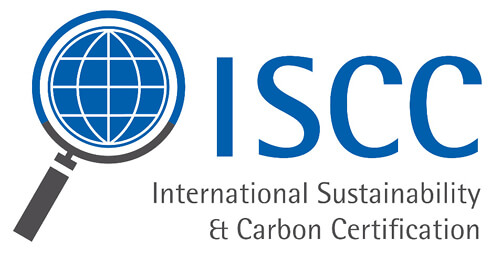
REBHAN is certified by the International Sustainability Carbon Certification organisation, an independent, global agency that monitors sustainability topics in different industries. It is therefore possible for us to offer packaging from recycled materials that has been certified by the ISCC using the mass balance allocation. We can therefore ensure the traceability of the plastic granulate that we use for your packaging solutions.
The cosmetic industry in particular requires absolute clarity, shine, product compatibility and durability from its packaging. These aspects can also be guaranteed by the molecular recycling technology even for chemically recycled material.
Don't compromise when it comes to properties, aesthetics or sustainability!

RECYCLING HDPE /rHDPE
Various materials available
![]()
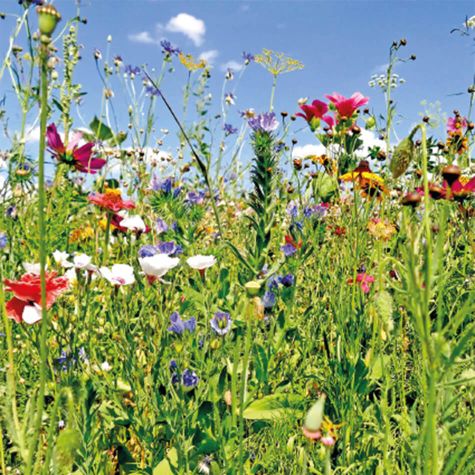
Recycling HDPE / rHDPE
Sustainable HDPE solutions can be produced with up to 100% recycled material. The material used was independently tested HDPE recyclate with certificates of conformity for rinse-off and leave-on products. These properties are extremely important, especially in the field of cosmetic applications. We will be able to offer you material alternatives with FDA approval before the end of this year. Please contact us if you have any questions.
rHDPE can also be processed in co-extrusion up to 50% in the middle layer and up to 80% in the outer layer.
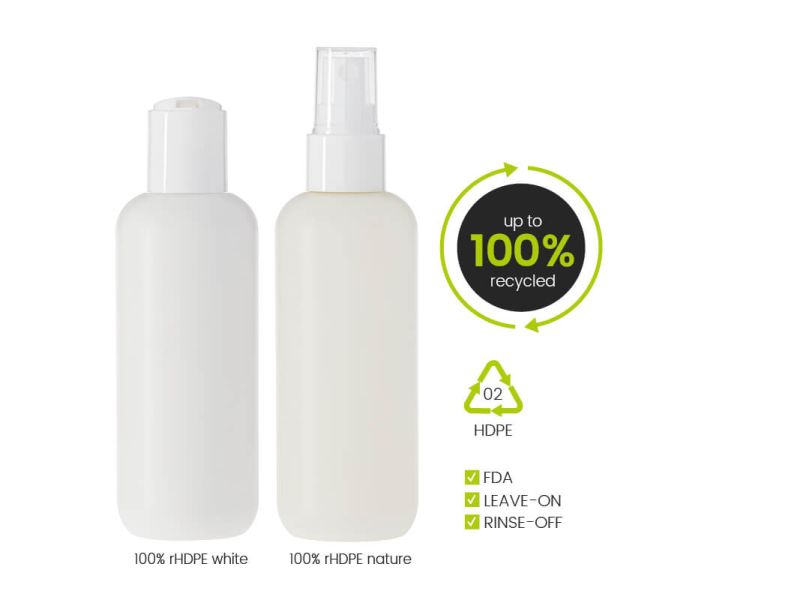

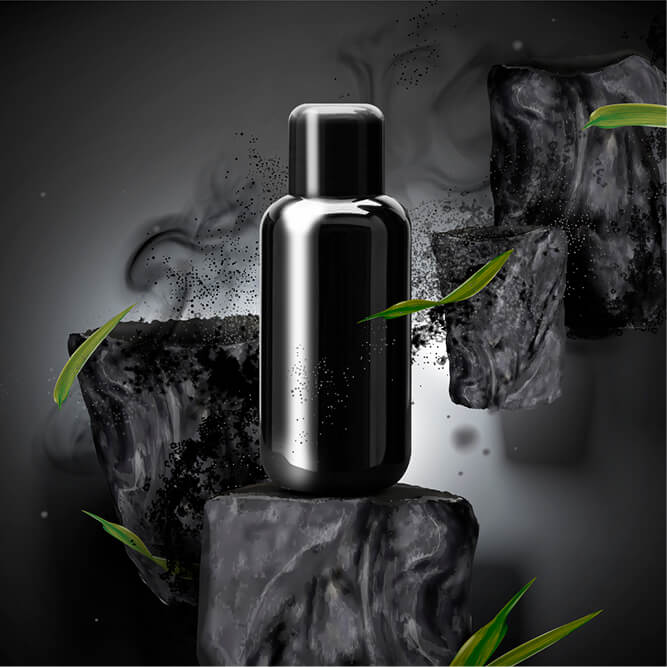
CARBON BLACK-FREE
Elegant appearance and
guaranteed recyclability
![]()
CARBON BLACK-FREE
A considerable proportion of plastic packaging is coloured black to block out light and protect the ingredients. Black packaging is also popular because it attracts attention and gives an elegant, premium appearance. However, the colouring used to date that contains carbon black presents an enormous challenge for the recycling value chain.
Why? Recycling plants operate using near-infrared technology (NIR) with optical sensors that identify the packaging to be recycled using light reflection. These optical sensors cannot detect black packaging to a satisfactory level, which means it is sorted out and lands in the non-recyclable waste.
The solution to this is carbon black-free colour pigments, which we are also using at REBHAN to colour our black flacons and bottles. Instead if carbon black, “adjacent” dark tones are used that are also suitable for direct food contact. In the reprocessing process, plastics coloured in this way can be correctly identified and assigned in contrast to packaging that contains carbon black.
Development of carbon black-free pigments
Thanks to this innovation, proper sorting of black plastics coloured using these pigments is possible using NIR detection systems.
Development of new detection systems
New detection systems and technologies are continuing to be developed and installed to enable material recycling plants to effective sort even conventionally black plastics that contain carbon black.
Alternatives
Using alternative packaging dyes reduces the use of black plastics.
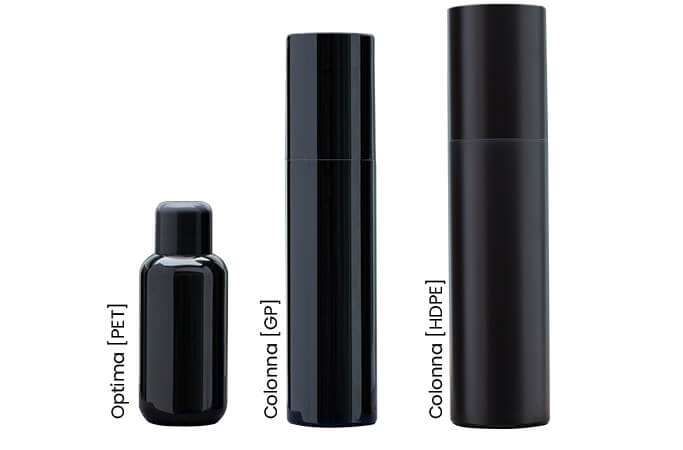
We offer carbon black-free dyes for all volumes, shapes and materials.

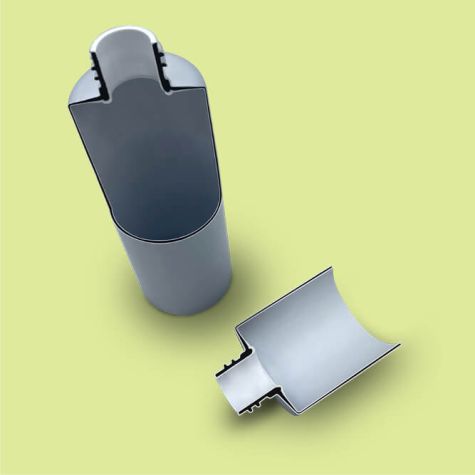
Co-Ex
Combination of different
layers of material
![]()
Co-Ex
Co-Ex (co-extrusion) is used for material preparation. Plastics undergo the same extrusion process as for extrusion blow moulding but up to three materials are extruded at the same time. The different layers ensure the required combination of properties.
SUSTAINABILITY
Use of rHDPE, recycled PP or bio-based materials for greater sustainability
EXTERNAL APPEARANCE
Use of new material as an outer layer for a premium appearance
PROTECTION
Use of new material as an inner layer to guarantee the required protection
LOWER COSTS
All-in-one production using multiple layers
Uncertified recycled material also possible

![]() To ensure chemical resistance, compatibility, food quality, product stability or better transparency, use a thin layer of virgin material on the inside and a thicker layer of recycled material on the outside, e.g. PCR material (post-consumer recycled material).
To ensure chemical resistance, compatibility, food quality, product stability or better transparency, use a thin layer of virgin material on the inside and a thicker layer of recycled material on the outside, e.g. PCR material (post-consumer recycled material).
![]() A larger proportion of recycled material is used for the inner layer to increase sustainability. Virgin material can be used as an outer layer to ensure an attractive appearance.
A larger proportion of recycled material is used for the inner layer to increase sustainability. Virgin material can be used as an outer layer to ensure an attractive appearance.
![]() Producing packaging from three material layers presents entirely new combination possibilities. In each case a layer of virgin material is used on the outside for the perfect look and for protection on the inside. The middle layer consists of up to 50 % recycled material to make a substantial contribution to environmental protection.
Producing packaging from three material layers presents entirely new combination possibilities. In each case a layer of virgin material is used on the outside for the perfect look and for protection on the inside. The middle layer consists of up to 50 % recycled material to make a substantial contribution to environmental protection.
We combine multiple material layers to ensure you the required properties or
to taking into account sustainability aspects.

Benefit from our expertise
We are familiar with and use numerous environmentally friendly options that brands can use for sustainable packaging. Sustainable procurement and eco-friendly production are just as important as the choice of packaging decoration and logistics. The overall environmental impact of a type of packaging results from the sum of all these factors. All the better if your packaging combines both: Sustainability and impressively good looks!
Our experts are happy to advise you on the various alternatives.
Yes, I want to know more
